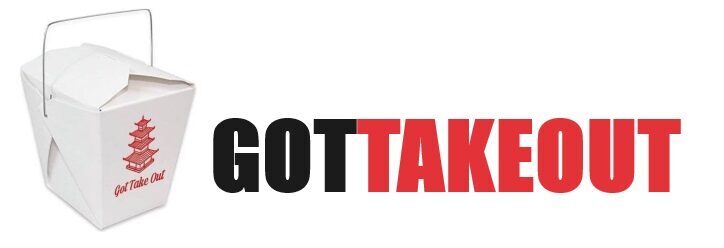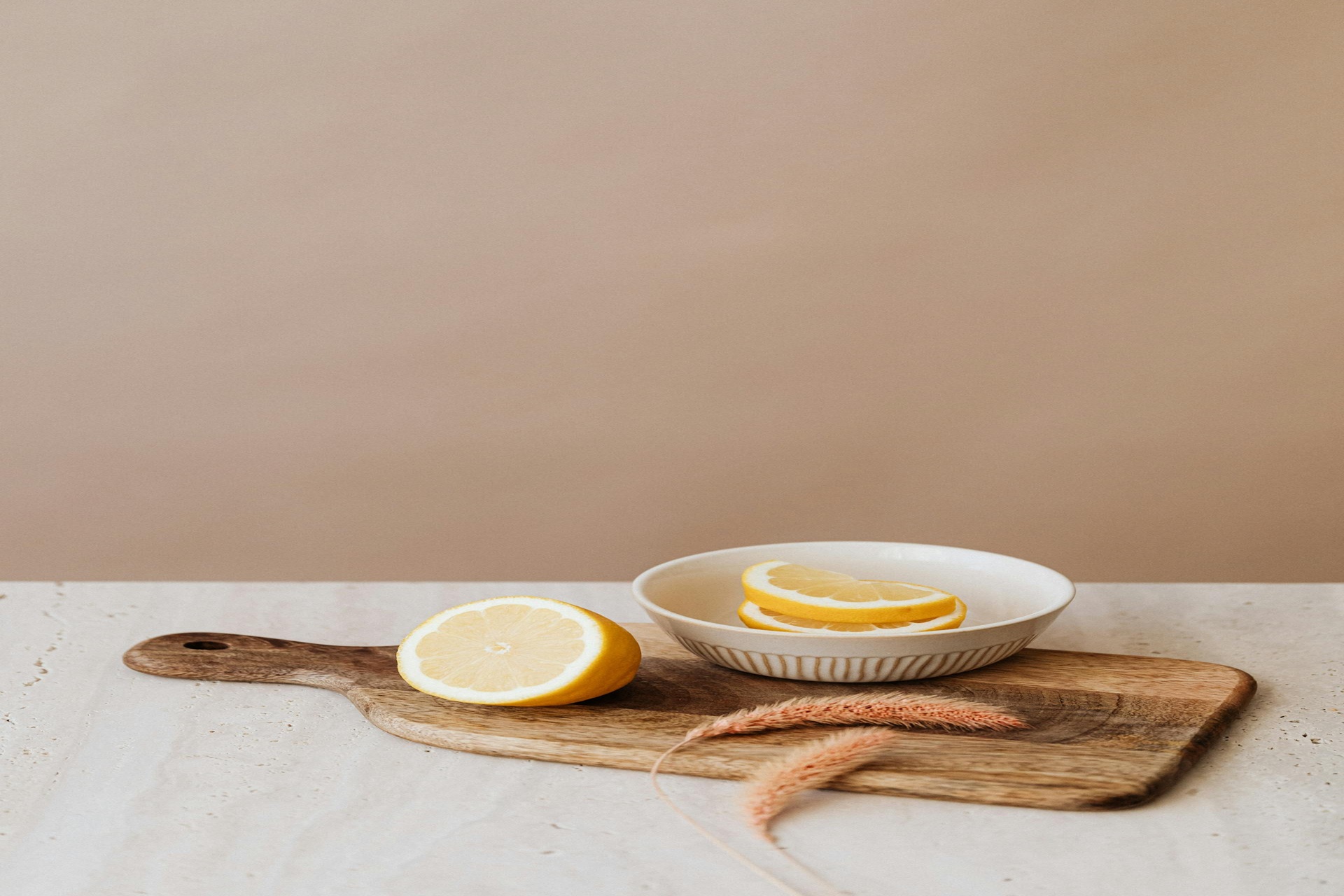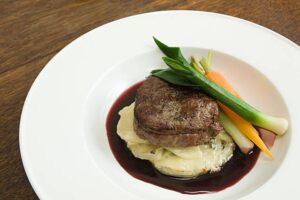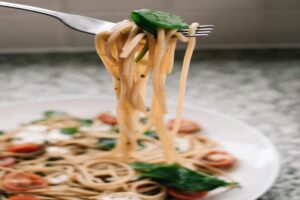A wooden cutting board is a kitchen essential, offering durability, aesthetic appeal, and a knife-friendly surface. However, to keep it safe and long-lasting, regular cleaning and maintenance are crucial. Wood is porous, which means it can absorb bacteria, odors, and stains if not properly cared for. Follow these expert tips to keep your wooden cutting board in top shape.
Why Cleaning Your Wooden Cutting Board Matters
Every time you use your cutting board, food particles and moisture can seep into the wood, creating an environment for bacteria to grow. Regular cleaning prevents cross-contamination, eliminates odors, and extends the lifespan of your board.
Step-by-Step Guide to Cleaning Your Wooden Cutting Board
Daily Cleaning Routine
Rinse Immediately – After each use, scrape off food debris and rinse the board with warm water.
Wash with Mild Soap – Use a small amount of dish soap and a soft brush or sponge to scrub the surface. Avoid harsh cleaners that can damage the wood.
Rinse Thoroughly – Make sure to remove all soap residue to prevent buildup.
Dry Completely – Pat the board dry with a clean towel and stand it upright to air dry. Never leave it soaking in water, as this can cause warping or cracking.
Deep Cleaning and Odor Removal
If your board develops stains or odors over time, try these natural solutions:
Salt and Lemon Scrub – Sprinkle coarse salt over the board and rub it with a halved lemon. The salt acts as a gentle abrasive, while the lemon neutralizes odors. Rinse and dry thoroughly.
Baking Soda Paste – Mix baking soda with a little water to form a paste, then scrub the board to remove stains and lingering smells.
White Vinegar Rinse – Wipe the board with white vinegar to sanitize and eliminate strong odors.
Sanitizing Your Wooden Cutting Board
For an extra layer of cleanliness, especially after cutting raw meat or fish:
Mix one part white vinegar with four parts water and wipe down the board.
Alternatively, dilute a small amount of hydrogen peroxide and apply it to the surface, letting it sit for a few minutes before rinsing.
Conditioning Your Wooden Cutting Board
Wood needs regular hydration to prevent drying and cracking. Here’s how to maintain its integrity:
Choose the Right Oil – Use food-grade mineral oil or a specialized cutting board oil. Avoid cooking oils like olive or vegetable oil, as they can go rancid.
Apply Generously – Pour a small amount of oil onto the board and rub it in with a clean cloth, covering all surfaces.
Let It Absorb – Allow the oil to soak for several hours or overnight.
Wipe Off Excess – Use a dry cloth to remove any leftover oil before storing the board.
Best Practices for Longevity
Never put your wooden cutting board in the dishwasher. The high heat and moisture can cause warping and cracking.
Rotate the board’s usage to evenly distribute wear and tear.
Use separate boards for different foods (one for raw meat, another for vegetables) to prevent cross-contamination.
Inspect regularly for deep grooves or cracks, which can harbor bacteria. If the board becomes too worn, consider replacing it.
Final Thoughts
A well-maintained wooden cutting board is a kitchen investment that can last for years. By following these simple yet effective cleaning and maintenance tips, you can ensure your board remains hygienic, odor-free, and in excellent condition for all your culinary needs.




